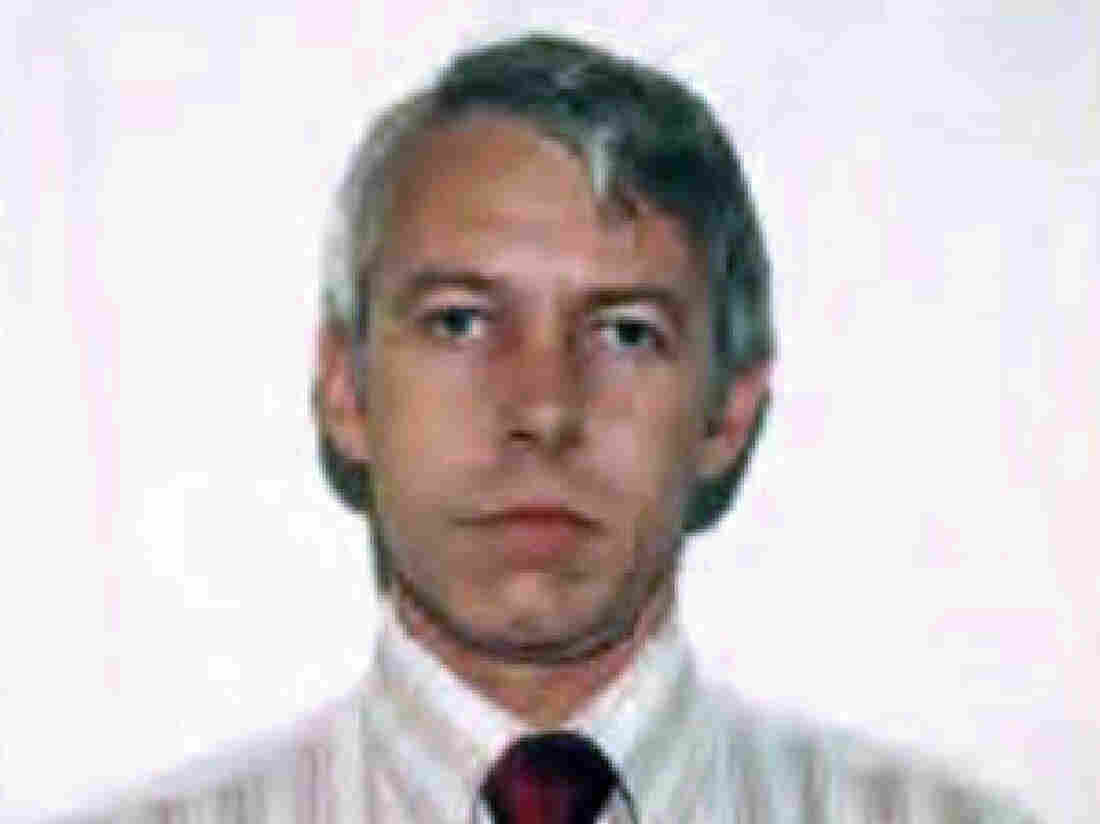NBA Finals Head To Canada As Raptors Take On Golden State Warriors
For the first time, the NBA Finals will be played in Canada. The Toronto Raptors host the Golden State Warriors on Thursday. NPR’s Audie Cornish talks with Toronto Star sports columnist Bruce Arthur.
AUDIE CORNISH, HOST:
Tonight, for the first time ever, the NBA finals are in Canada. The Toronto Raptors host the Golden State Warriors for Game 1. The Warriors are the two-time defending champions, but we’re going to focus on the Raptors because while, yeah, lots of Raptors fans are just happy to have made it this far, Toronto has arguably the best player in the world in Kawhi Leonard. So can Leonard carry them all the way to the title? Even if he doesn’t, has basketball in Canada already won? For that, we turn to Bruce Arthur, sports columnist for the Toronto Star. Welcome to the program.
BRUCE ARTHUR: Thank you, Audie.
CORNISH: So we’ll get to Kawhi Leonard in a moment, but first, we know that Toronto has had, like, several years of good but not great teams. Can you talk about how people are talking about this? I don’t know what the energy is like in the city.
ARTHUR: The level of interest and excitement has never been higher than this – never. And this is a franchise with two and a half decades, almost, of failure. And even when the team was good, the seasons tended to end in humiliation. LeBron James was a big part of that. This is something that I don’t think we’ve ever seen in the city before. You walk around the city now, and you hear people talking about the Raptors. You can hear the sound of the celebration if you’re in one of the condo towers downtown, if you stand out on your balcony. They’ve finally captured the city, and I don’t think this team has ever truly done that before.
CORNISH: Now, Kawhi Leonard was traded to Toronto before the season, right? And it was seen as a big gamble because Leonard, you know, is a free agent next year. He might be eyeing a team in Southern California, where he’s from. Is there a sense that this is kind of now or never, in terms of winning a title?
ARTHUR: There probably should be because the funny thing is, for most players, for most people, you might be able to look at this and say, all this success, the way that the city has embraced him and the team, all of these good things would naturally lead to Kawhi Leonard being more inclined to re-sign in Toronto. And we just don’t know that that’s the case because he’s a famously kind of opaque individual. Nobody knows what Kawhi Leonard is thinking, except Kawhi Leonard, about what he really wants in life and in basketball. The team’s really good; that might not be enough.
CORNISH: People are talking about him as being one of the greats, right? You’re hearing, like, a Michael Jordan comparison being thrown around. Can he really carry the team to a title against the Warriors, though?
ARTHUR: Not alone, I don’t think so. The one thing about this Raptors team that people do underrate is that, defensively, this Raptors team is as good as anybody in basketball right now. It’s a team with versatility, intelligence, a ferocity, defensively. But to beat the Golden State Warriors, they’re going to need more guys to make shots offensively. Kawhi Leonard is great. You need more than one great player to win in any playoff series, much less against a championship outfit like the Warriors.
CORNISH: The NBA has pushed for expansion north for decades. But is the rest of Canada at all interested in this? I mean, is this Canada’s team?
ARTHUR: Well, you say this as someone who is from Vancouver, who was a Vancouver Grizzlies partial season ticket holder and then watched them leave. As a Toronto…
CORNISH: So biased (laughter).
ARTHUR: Yeah. Toronto and Canada are two separate things. We’ve got, I think, about 7 million within the general area of Toronto out of about 35 or 36 million people in the country. It’s the mega city, and it’s different ethnically, culturally, financially, than the rest of Canada, and basketball is a part of that. The fault line does run along those lines in that it is very much a Toronto team. But this is the first time I feel like – and it’s still anecdotal. You can tell a little bit from television ratings. But the team seems to be crossing into the bloodstream of the rest of the country, and this is, I think, what happens when you win, when you make it into a cultural curiosity in addition to being a sporting curiosity.
CORNISH: And does it help to have someone like Drake courtside (laughter)?
ARTHUR: I think for some people it does. I think the power of celebrity is something that is immensely powerful. And he’s someone that just adds to the level of attention that’s happening here. This is going to be the first championship series for a major sport in Canada in the Internet era, and every bit of notoriety helps, and Drake is a part of that.
CORNISH: Bruce Arthur, sports columnist for the Toronto Star. Thank you for talking about the Raptors with us, and best of luck.
ARTHUR: Absolutely. My pleasure. Thank you.
Copyright © 2019 NPR. All rights reserved. Visit our website terms of use and permissions pages at www.npr.org for further information.
NPR transcripts are created on a rush deadline by Verb8tm, Inc., an NPR contractor, and produced using a proprietary transcription process developed with NPR. This text may not be in its final form and may be updated or revised in the future. Accuracy and availability may vary. The authoritative record of NPR’s programming is the audio record.








